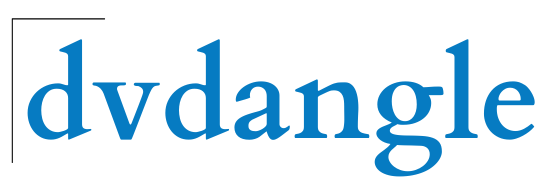When discussing the online presence of a business, two terms tend to quickly surface: digital marketing and digital communication. While they may seem like interchangeable parts of a whole, it is crucial to realize that they serve distinct purposes and roles in developing a successful brand strategy. In this article, we will explore the key differences between digital marketing and digital communication while examining their respective functions in the digital landscape.
Digital Marketing: An Overview
Digital marketing refers to the promotion and advertising of products, services, or brands using various online channels like social networks, e-mails, search engines, and more. The primary goal of digital marketing is to drive measurable actions such as clicks, views, and ultimately – product purchases or conversions. Digital marketing can be further divided into several categories:
- Search engine optimization (SEO)
- Content marketing
- Social media marketing
- Email marketing
- Pay-per-click advertising (PPC)
- Affiliate marketing
Each type of digital marketing employs different tactics and tools to effectively reach target audiences, generate leads, increase sales, and build strong customer relationships.
Role of Digital Marketing in Business Strategy
The role of digital marketing in a business strategy is to create awareness about the brand, attract new customers, and foster loyalty amongst existing ones. By employing data-driven campaigns and personalized content, marketers can connect with their audience on an engaging and meaningful level. As digital marketing includes multiple strategies working in tandem, businesses have a higher probability of achieving their goals while expanding market reach and establishing industry authority.
Digital Communication: An Overview
Digital communication, on the other hand, is an essential part of a brand’s identity and includes all forms of online interaction that takes place between a company and its target audience. This could include various types of content shared through social media, email newsletters, blog posts, mobile applications, websites, and more. Rather than focus solely on promotional activities, digital communication aims to foster open lines of dialogue, deliver value through information sharing, and strengthen customer relationships over time. Common examples of digital communication tools are:
- Social media platforms (Facebook, Twitter, Instagram)
- Email clients and services
- Instant messaging apps (WhatsApp, Messenger)
- Corporate blogs and content sharing sites
- Mobile applications for customer support and communications
Role of Digital Communication in Business Strategy
Digital communication plays a vital role in shaping the perception of a brand as it helps businesses maintain an active presence where their customers spend most of their time – online. By leveraging various channels for sharing industry news, product updates, educational materials, or simply engaging in conversations with their audience, companies can create a sense of trust, transparency, and authenticity around their brand. Moreover, having a distinct voice and message across these platforms can help a brand stand out amongst competitors while solidifying their values and mission in the minds of consumers.
Key differences between Digital Marketing and Digital Communication
While both digital marketing and digital communication contribute to a robust online presence, they each encompass specific components and objectives within an overall business strategy. To further illustrate this distinction, consider the following key differences:
- Purpose: While digital marketing primarily focuses on promoting products or services to drive sales and generate leads, digital communication puts an emphasis on developing a consistent dialogue with the target audience, nurturing relationships, and building brand reputation.
- Strategy: Digital marketing strategies are typically data-driven, targeted, and results-oriented, while digital communication strategies prioritize engagement, information sharing, and ongoing conversation with the stakeholders involved.
- KPIs (Key Performance Indicators): Success in digital marketing is often measured by conversion rates, return on ad spend (ROAS), click-through rates (CTR) among others. On the other hand, digital communication performance can be assessed through metrics such as social media engagement, open rates of emails, comment/response counts on blogs, and other interaction-related indicators.
Balancing Digital Marketing and Digital Communication for Optimal Results
An effective online presence calls for a harmonious blend between digital marketing and digital communication efforts. In essence, businesses need to strike a balance between promotional content and engaging, informative interactions with their audience. One cannot exist without the other – too much promotion turns away potential customers due to perceived lack of value, while purely focusing on engagement might not garner the necessary incentives for prospects to convert into paying customers.
Best Practices for Combining Digital Marketing and Digital Communication Strategies
Achieving this balance requires a well-integrated approach that incorporates both aspects coherently. Here are some best practices to follow:
- Develop a cohesive brand voice and messaging across all platforms, ensuring consistency between marketing and communication activities.
- Utilize various channels for more targeted marketing campaigns and broader communication initiatives based on audience preferences, behaviors, and demographics.
- Vary the types of content shared (*visuals, articles, blogs, videos*) to keep the audience engaged and interested in what the brand has to say.
- Monitor analytics and insights to adjust strategies accordingly for improved performance and effectiveness.
In conclusion, digital marketing and digital communication are two distinct yet intertwined cogs that function collectively to drive a successful online presence for a business. Understanding their differences and effectively balancing both elements can lead to greater brand growth, customer acquisition, retention, and overall competitive advantage in today’s ever-evolving digital landscape.





